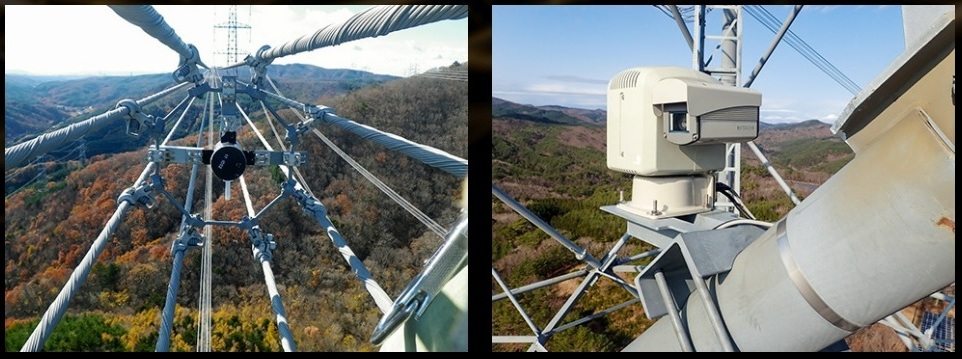Sumitomo Electric Industries Ltd. will supply its newly-developed “61TACSR/HRAC” conductor to the Japanese power transmission network, effective December 2021.
“61TACSR/HRAC” stands for “61% IACS Conductivity Thermal Resistant Aluminum Alloy Conductor High Corrosion Resistant Aluminum-Clad Steel Reinforced.”
A release by Sumitomo Electric said that around 530 km of the new conductor (810 sqmm) will be supplied from the period December 2021 to December 2022, manufactured at the Toyoura works of Sumitomo Electric in the city of Hitachi, Ibaraki, Japan.
Improved conductivity
“With improved manufacturing processes of aluminum alloy, we achieved not only to maintain its thermal resistant properties but also to improve its conductivity. Lower electrical resistance compared with the conventional material realizes improvement of electrical power losses on the transmission network. Sumitomo Electric will contribute to suppress carbon dioxide emissions by reducing generating amount at power stations with this new conductor,” Sumitomo Electric said in a release.
Advantage over ACSR/AC
Generally, Aluminum Conductor Aluminum-clad Steel Reinforced (ACSR/AC) which consists of hard-drawn aluminum withstands up to 90℃ as the allowable continuous operating temperature is widely adopted in overhead transmission lines. Meanwhile, in trunk transmission lines which connect between major power stations and substations, thermal resistant aluminum alloy aluminum-clad steel reinforced (hereinafter, TACSR/AC) which consists of TAL withstand up to 150℃ is often adopted. Due to higher operating temperature, TACSR/AC can bear larger current capacity.
TAL has higher thermal resistance but conductivity is lower than that of hard-drawn aluminum. As the capacity and the constructed length of transmission lines are getting larger and longer, improvement of transmission losses by high conductive material is recognized as one of common concerns. However, since it was difficult to improve both thermal resistant and conductivity simultaneously, TAL with 60%IACS conductivity developed in 1970 is still utilized today.
Sumitomo Electric established manufacturing process to increase the solid-soluted Fe amount into a matrix of aluminum alloy, which is known to be difficult so far.
No changes to the tower
With this new manufacturing process, Sumitomo Electric succeeded to improve conductivity of TAL to be 61%IACS which is the same conductivity of hard-drawn aluminum while keeping the thermal resistance of conventional TAL and this conductor will be adopted to Japanese practical transmission lines for the first time. Since this new conductor has the same construction and design philosophy as the conventional conductor, no changes nor modifications are required on the tower, hardware fittings and installation procedures. Therefore, it is easy to adopt this new conductor to the practical transmission lines.
Also read: IEX Starts Trading In Energy Saving Certificates
Suppressing CO2 emissions
With the 1 per cent increment of conductivity, transmission losses will be improved by approximately 2 per cent. If 2,000 MWh capacity generating power station is assumed, approximately 1.75 GWh of power generation and approximately 8,000 tonnes of CO₂ emission would be saved per year with this new conductor.
Sumitomo Electric will supply high conductivity overhead conductor stably and continuously make contribution to realize decarbonized society by promoting this conductor not only in Japanese market where the demands of introducing recyclable energy is rising but also in the overseas market, especially in the developing countries market where the large demands for the construction of infrastructures.
Featured photograph is for representation only. Photograph of Sumitomo Electric’s “61TACSR/HRAC” has not yet been released for public consumption.

